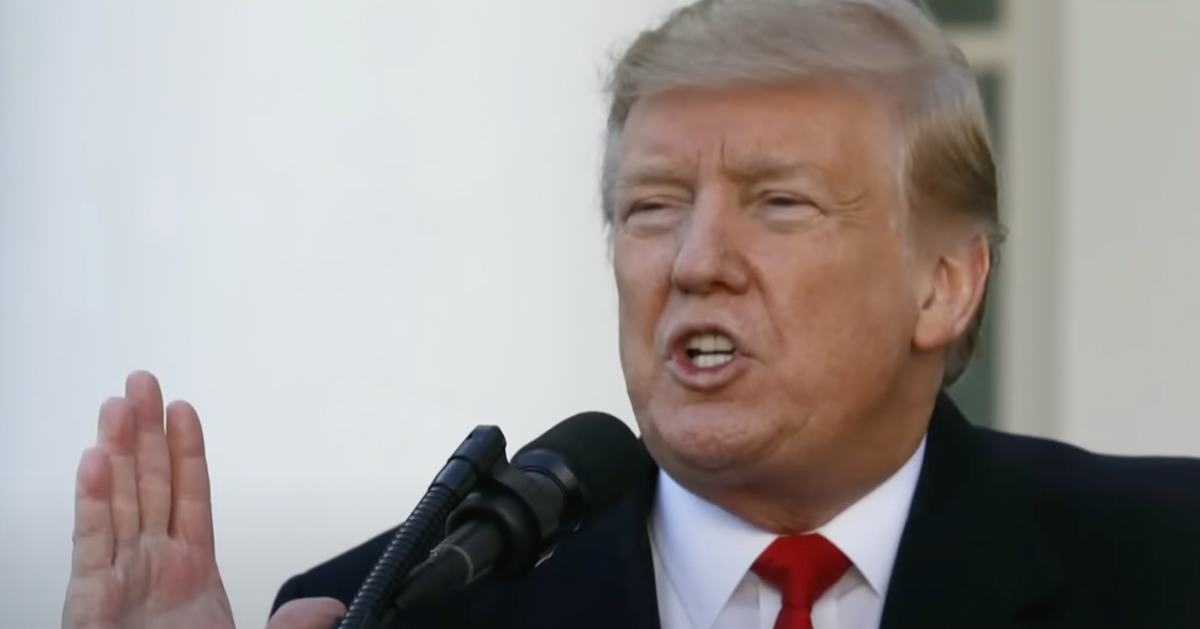Report: Trump administration considering acquisition of 10% stake in Intel
Recent moves by the Trump administration point towards a surprising involvement in the private sector: a proposed 10% stake in semiconductor giant Intel, as Newsmax reports.
The potential stake acquisition is linked to a conversion of governmental grants into equity, reflecting a strategy to bolster national security and semiconductor prowess.
This development was first reported by Bloomberg News this Monday, sending significant ripples through the tech industry and financial markets alike.
Market impact, administration goals
Following the announcement, there was a noticeable impact on Intel's stock value.
It tumbled by 3.8% as investors weighed the implications of such an unprecedented government involvement in a traditionally private company.
The possibility of this equity stake arises from discussions on the U.S. Chips and Science Act, where governmental support could convert into company equity.
This potential financial maneuver is part of a broader ambition by the Trump administration to secure advancements and tighten control over key technology sectors, including semiconductors.
Insights from White House meeting
Central to these discussions was a meeting held on Aug. 11 between President Trump and Intel CEO Lip-Bu Tan, which focused largely on federal investments within the semiconductor landscape.
Lip-Bu Tan, who stepped into the CEO role at Intel more than six months ago, has been at the helm, steering efforts to revitalize the company.
These talks are not just limited to Intel but extend to other tech behemoths, including Nvidia and MP Materials, which are also crucial players in the semiconductor and rare earth sectors.
Through these engagements, it's evident that the administration seeks to foster substantial domestic growth in these critical industries.
Intel facing challenges
The stakes are high for Intel, as the company has been grappling with significant difficulties. Its challenges range from delays and complications in its product roadmap to a struggle in attracting customers to its fledgling factories.
Analysts have stated that federal support might be the key to Intel reviving its foundry business, which is pivotal to its recovery strategy.
The potential for government investment to transform into a significant equity position could provide the impetus required for a turnaround.
However, the integration of governmental equity in a public corporation remains complex, with multiple regulatory and market-based dynamics to navigate.
Semiconductor leadership in the balance
The broader impact of the U.S. government's involvement in the semiconductor sector could set a precedent for future engagements in technology and industry.
Should this strategy succeed, it might not only rejuvenate Intel but could also encourage similar interventions in other sectors deemed vital for national security and technological leadership.
As the situation develops, the tech industry and governmental policymakers will likely watch closely, gauging this approach's effectiveness in securing a stable and innovative U.S. semiconductor industry.






